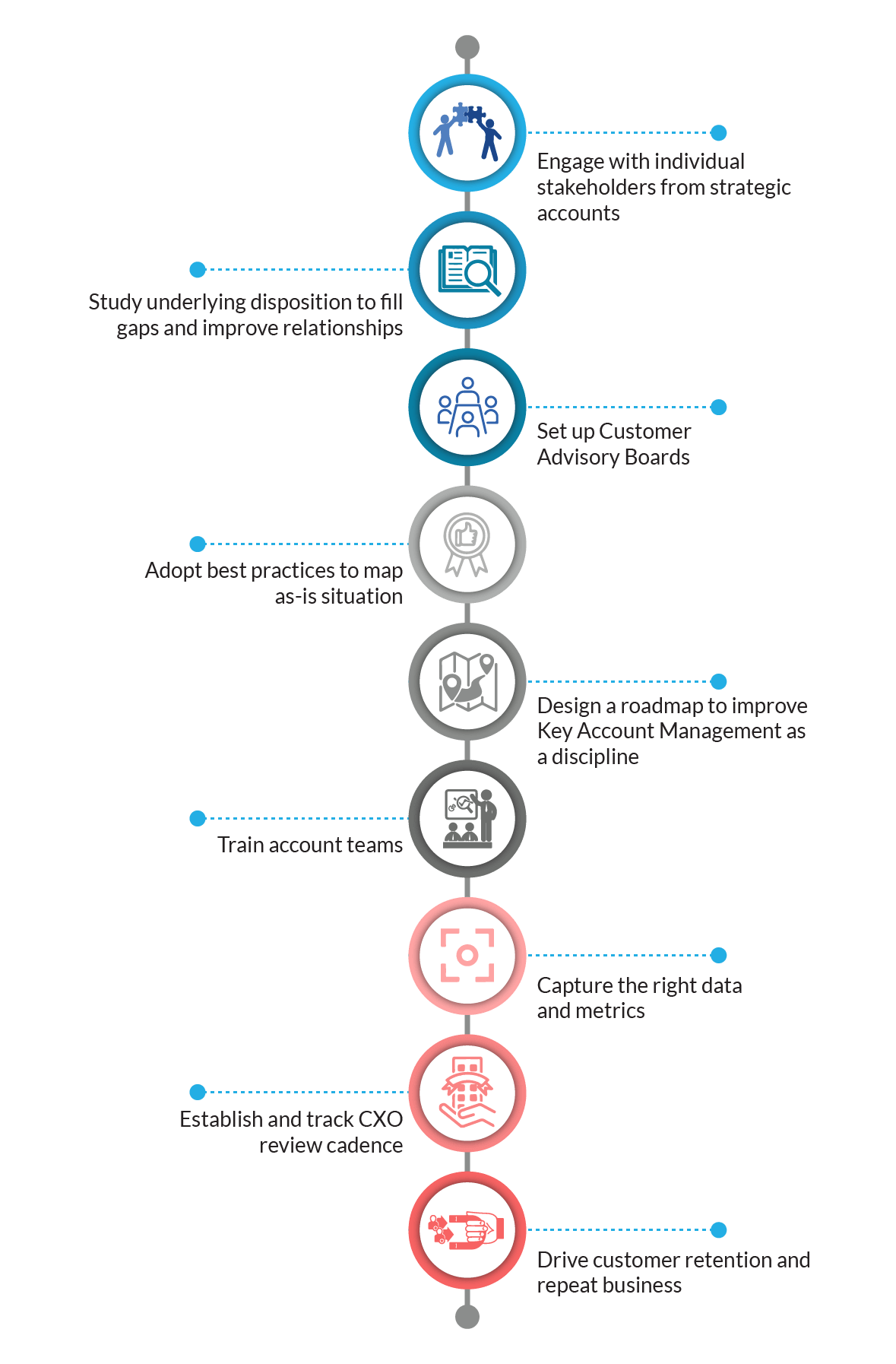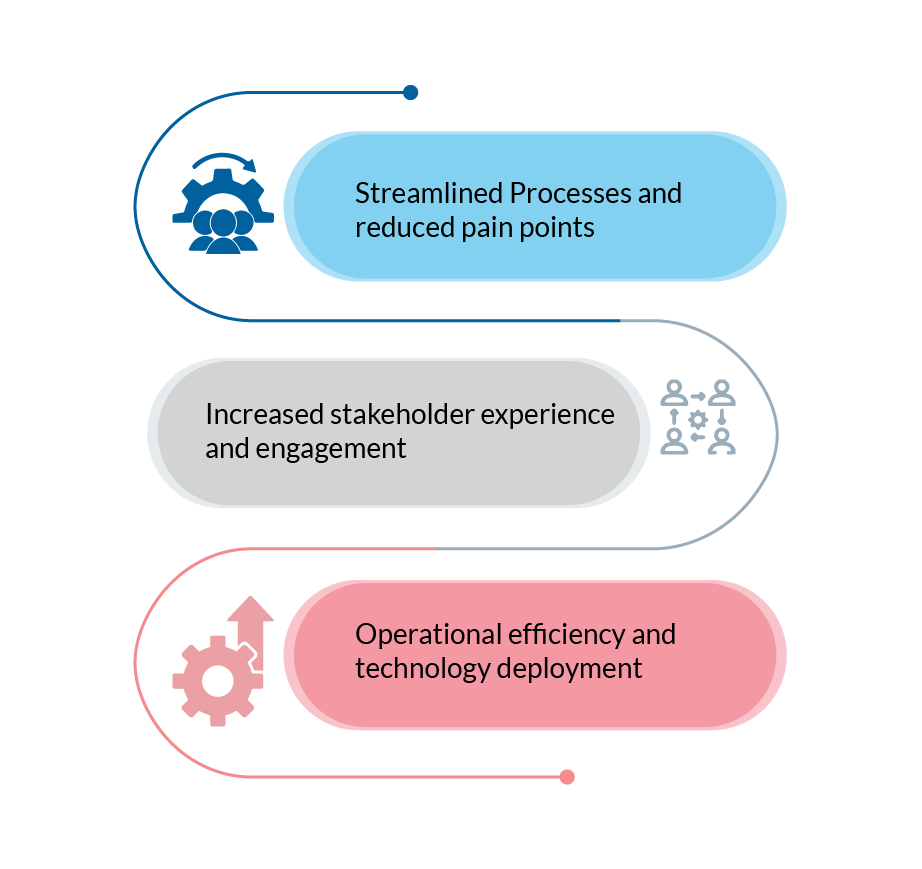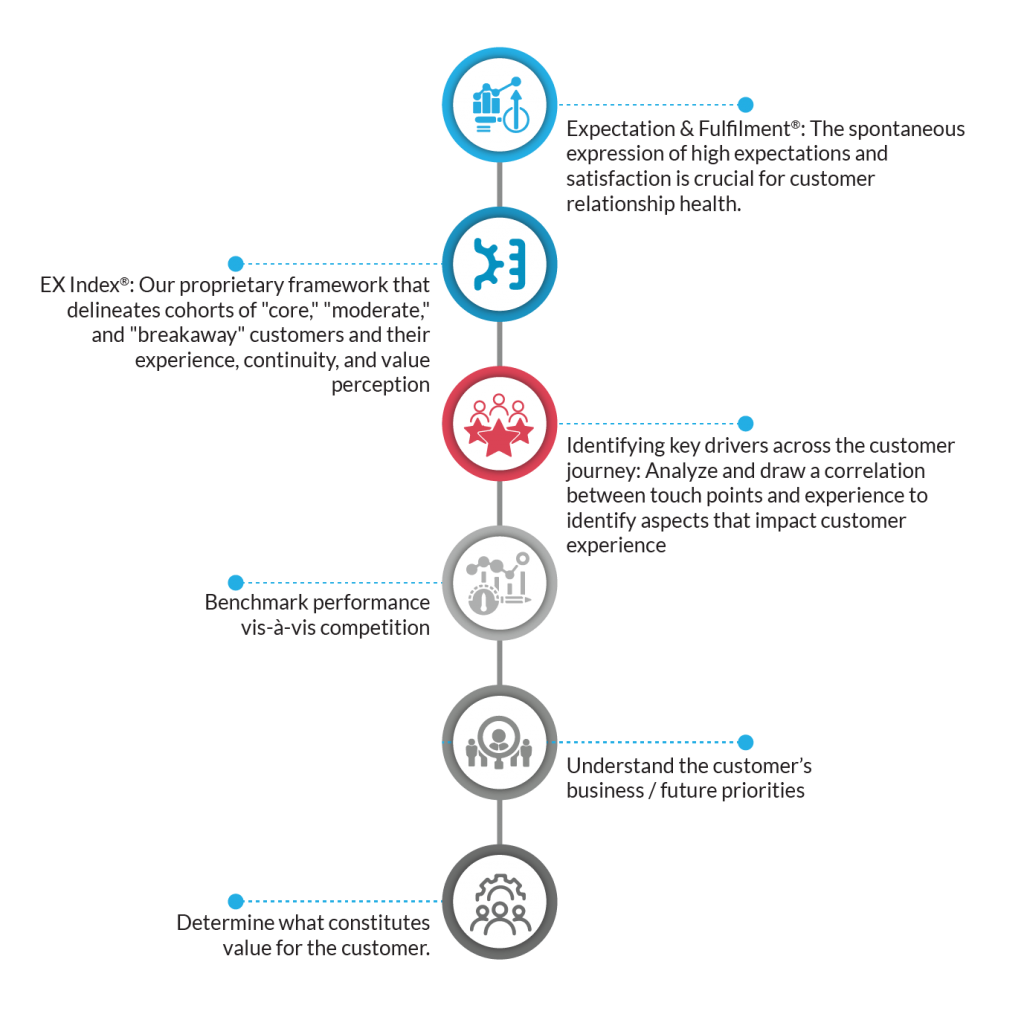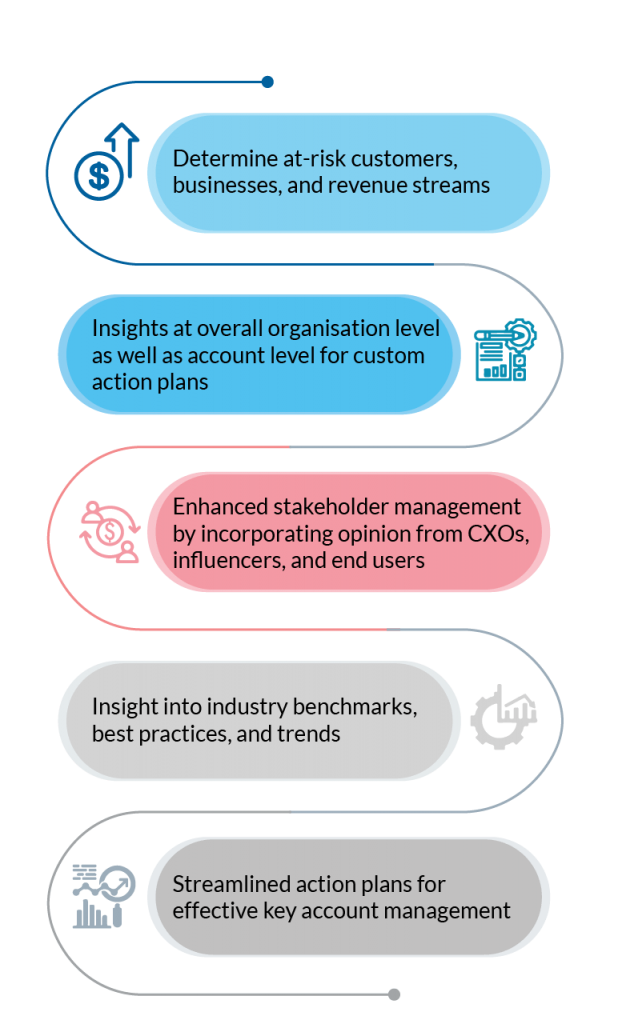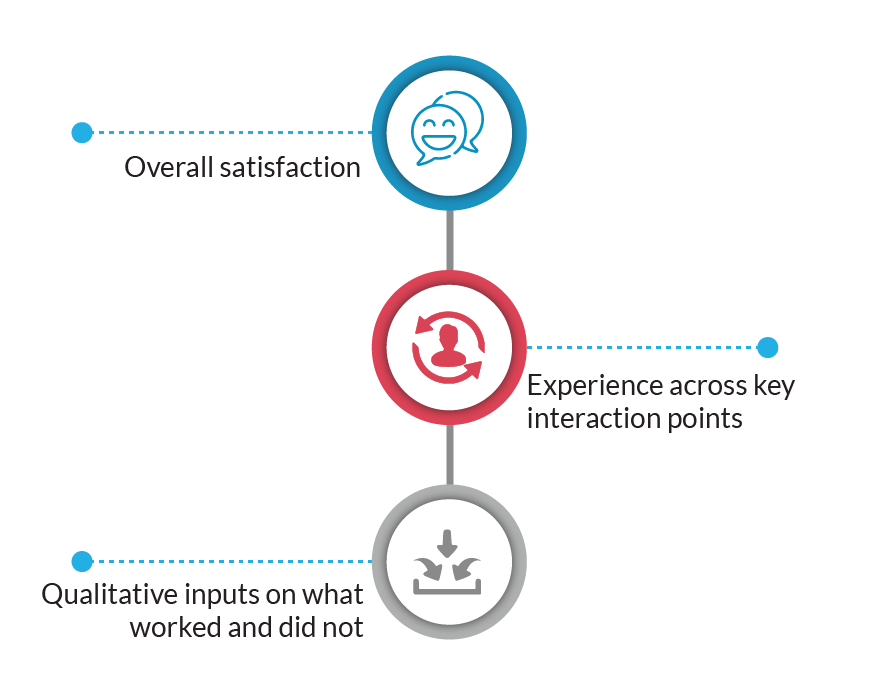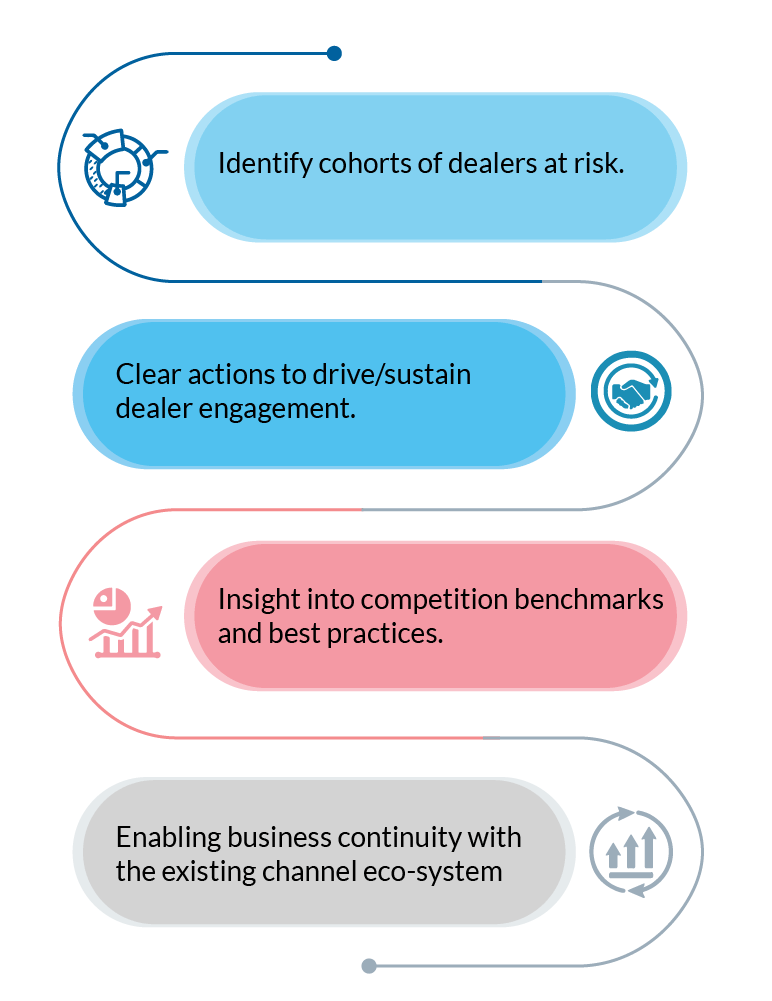In my previous post on the need to close the loop on customer feedback, I touched upon the role of internal stakeholders and why their opinions is a good proxy for the customer feedback.
However there is a caveat,much like “Blind Men and the Elephant” every individual who manages a strategic customer account has his/her own view on the account relationship based on the role they play and thus unwittingly develop a “siloed” view of the customer account.
In most B2B situations, the strategic client accounts typically demonstrate the following characteristics
- They contribute to significant revenue to your business & they know it !
- They are typically old clients with linkages with various parts of your organization and have a history to judge current performance
- Multiple products/services deployed across multiple locations with legacy of services to support apart from new on-going implementations
- There are many stakeholders in the client organization you need to interface and manage on a daily basis – CXOs, business managers, purchase departments & operational line managers
- Customer often complain your firm no longer gives the attention as in the past and even in a profitable & stable relationship there are niggles which could be exploited by competition.
In order to manage this complex relationship, firms deploy multiple internal teams to ensure the account engine keeps moving smoothly, the following internal roles are created by firms
- Account Manager – He/she is the ultimate sales guy, owns the client relationship, ensures monthly sales targets are met and is always in the lookup for a new sale.
- Delivery Manager – The role of the delivery manager and his/her team isensure the promises made by the sales team are kept, they work on tight deadlines and try to ensure the “wow” factor in a product/service delivery
- After Sales Support – Usually under appreciated, the team’s role is tokeep the lights on and support in the customer in day to day operations. Often under pressure to keep up with tight service level agreements and usually the one left with baby when things go wrong
- Firm’s Leadership – The role of the firm’s CXO is the role of anexecutive sponsor, keep the connect at the highest levels at the client side, manage major escalations and ensure confidence of customers on the firm’s objectives and road-map of the relationship
Let us for a second pause on the pitfalls of not having a “single” view of the customer:-
- There is a risk of viewing customers only from financial aspects – Taking a cash-cow approach i.e. revenues and profitability from the current business and not doing enough to mine new opportunities
- Sacrifice operational rigour based on a view of “strong” relationships – Like all relationships, over time firms drop the ball on deliveries which could have an adverse impact on the relationship
- Not on-boarding new customer stakeholders effectively –Remember in a B2B business, relationships are between people and not just companies, so if the customer organization has a new CXO, it is usually a good idea to set up a welcome meeting with the entire account team and your CEO.
- Articulate business value and demonstrate new capabilities –There is a risk for firms to be slotted in certain businesses which prevents access to other portfolios; some cases, firms are viewed as good implementation partners but not so much as trusted advisers.
- Slow turnaround to escalations – Due to lack of timely communication, sticking for defined SLAs and perceived lack of attention can lead to deteriorating working relationships
The indicative questions we need to ask our internal stakeholders who interface with clients on a daily basis are the following (by no means exhaustive)
- Are we critical to our client’s ecosystem, are we solving business problems or just skill augmentation?
- Have we positioned the right people on the job, what is the credibility of our team members?
- Are we adhering to the firm’s quality policies, are we tracking the right metrics and demonstrating the rigour to our client stakeholders?
- Can we up-sell /cross-sell our services based on our deep knowledge of the customers
- Do we have the right governance in place to engage with customers at the strategic and operational levels?
- Are we bringing innovation to the table, advisory skills and productivity improvements beyond just dollar savings?
- Do we need to do more events and create networking opportunities to cement the relationship?
Answers to the above questions will help firms to take stock of the current scenario and actually take corrective actions before the end customers get disillusioned and vote with their feet and look at competition.
Please share your comments below to let me know your views and some best practices you have observed in your experiences; do firms harness the voice of internal stakeholders effectively in formal and informal forums





























